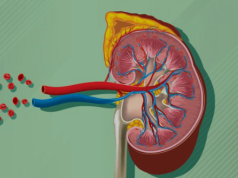Spinal degeneration, also known as degenerative disc disease or spondylosis, is a progressive degradation of the spine’s vertebrae, discs, and related tissues. This deterioration usually happens with age, but it can also be exacerbated by factors including injury, bad posture, repeated strain, genetic susceptibility, and lifestyle choices.

What causes it?
- As people age, the discs between the vertebrae lose water content and elasticity, making them less able to absorb shock and provide cushioning. This leads to decreased disc height and can result in bone spurs, herniated discs, and reduced mobility.
- Some individuals may inherit genetic factors that predispose them to develop spinal degeneration at an earlier age or with greater severity.
- Accidents, falls, and other traumatic events can damage the spinal structures, leading to accelerated degeneration.
- Prolonged periods of sitting or standing in positions that strain the spine, as well as repetitive movements, can contribute to the breakdown of spinal discs and joints over time.
- Excess weight places additional stress on the spine, increasing the risk of degenerative changes.
- Smoking has been linked to accelerated disc degeneration, likely due to its effects on blood flow and nutrient delivery to spinal tissues.
- Jobs that involve heavy lifting, repetitive bending, or other strenuous activities can contribute to spinal degeneration over time.








